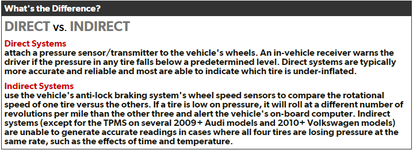I took delivery of my brand new 2017 Mazda CX-5 GT Premium on 4/12/2017. I don't drive it all that much (the odometer just turned 2000 miles) and since I am planning a road trip next weekend, i thought it would be a good idea to check the tire pressure. I was astounded to see the pressure at all four wheels was 45 PSI cold (car hasn't been driven in 4 days and is in an attached garage with an ambient temperature of around 80 degrees this time of year.) I am assuming it was over filled at the dealer since I can't imagine a 10 PSI increase in tire pressure could have occured between May and August even with the ambient temperature change considering these were verifiably "cold" tires.
It was a complete rookie mistake on my part to wait this long to check the tire pressure...so I blame myself, but I thought I would throw this out there for all new owners who may not have done so yet.
Up until this point, I've been very satisfied with the ride on my CX-5, though there were times when I would hit what I percieved to be a small bump in the road, and the feedback seemed to be unexpectedly harsh...obviously THIS is why. I am also wondering if the overpressure tires could be the culprit in the mild steering wheel vibration I have been feeling intermittantly when the MRCC brings the car to a complete stop, which I had posted and is being discussed here:
https://www.mazdas247.com/forum/sho...hen-MRCC-Brings-Car-to-a-Full-Stop-in-Traffic
I'm assuming that having the tires set to the correct pressure after having been around 30% too high is going to result in a very different and hopefully even better road feel.
Don't make the mistake I did and assume your vehicle has been properly prepped....Check your tire pressure! For the record I did check the oil within 24 hours of taking possession of the car.


